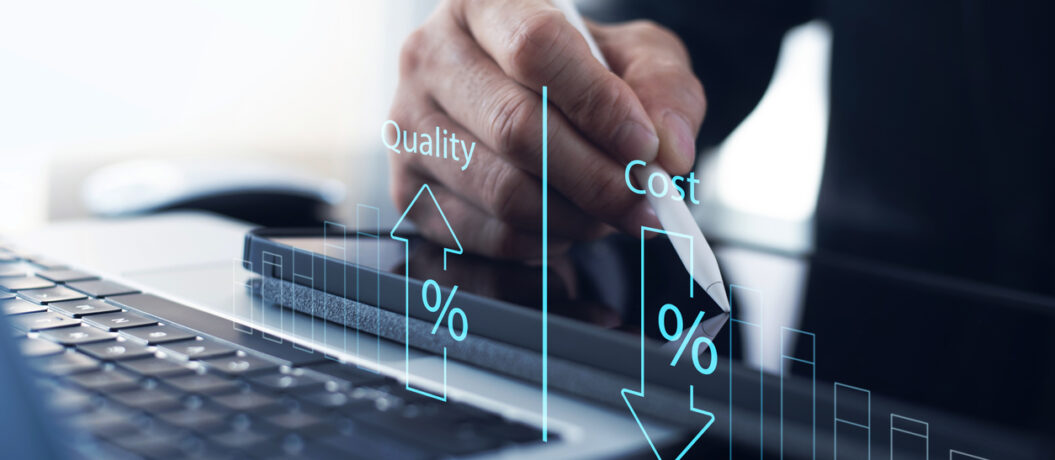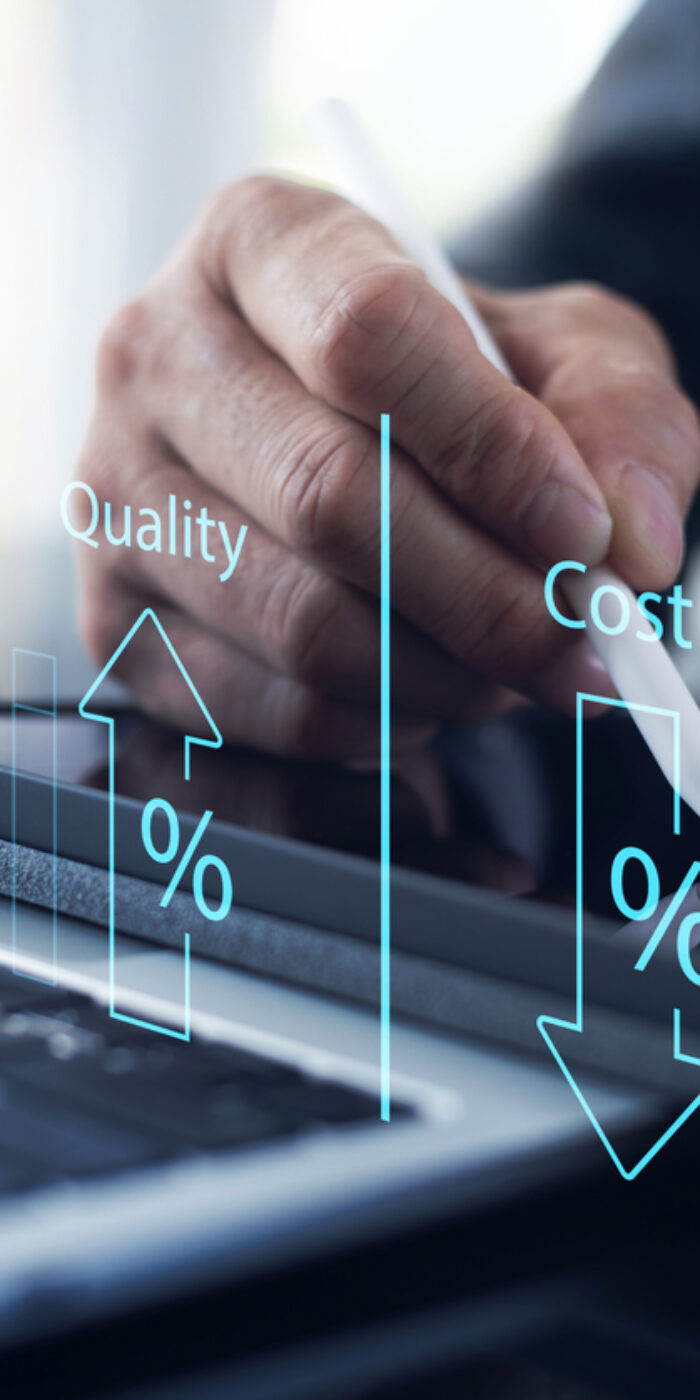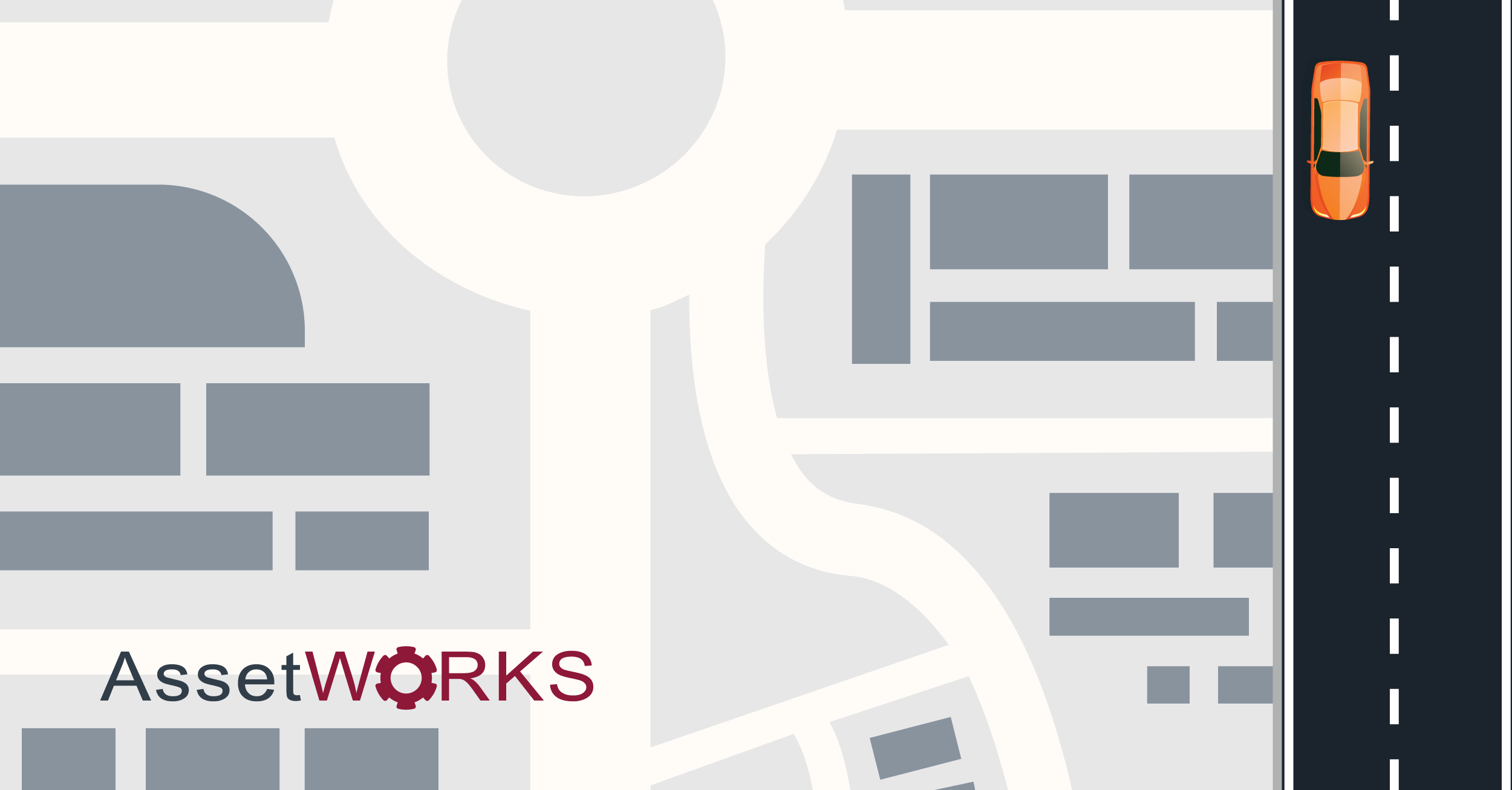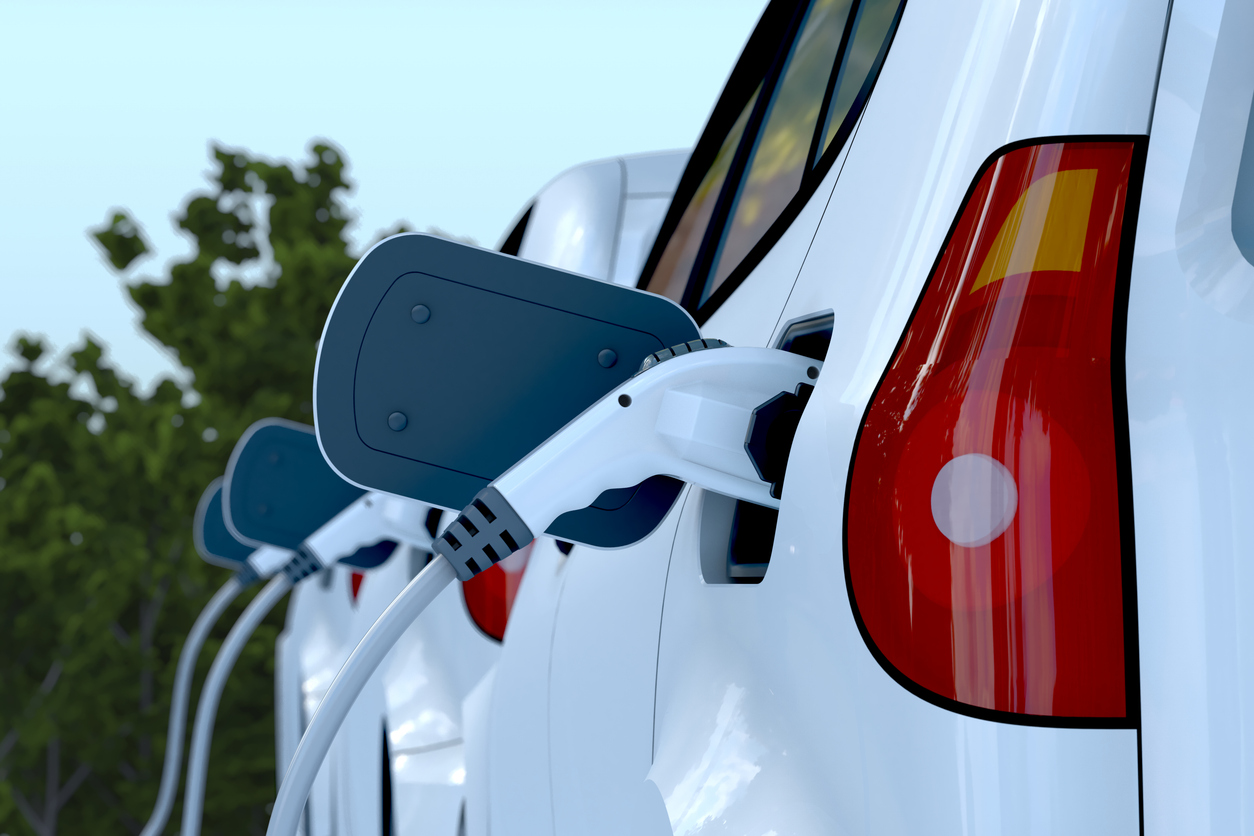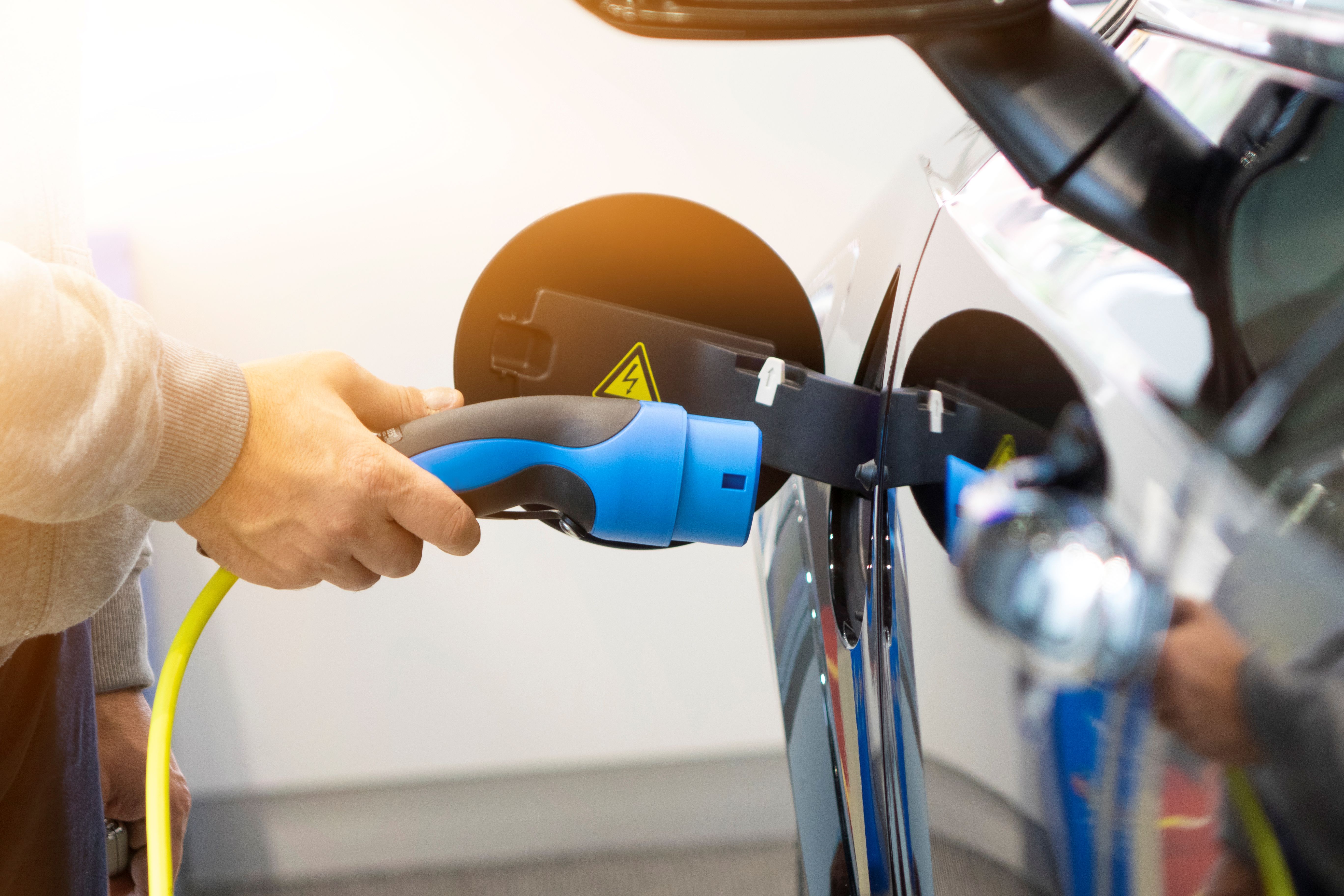Life-cycle cost analysis helps fleet managers measure the long-term economic sustainability of their assets and prepare for the future. Now more than ever, fleets are looking to invest in electric vehicles and charging infrastructure, but major investments cannot be made without precise planning and data cleanup. It is recommended that fleet managers utilize life-cycle cost analysis (LCA) to prepare for future investments in electric vehicles and charging infrastructure.
Saving Money With Life Cycle Costs Analysis
In most cases, capital resources are scarce. Fleet managers can use LCA to understand the best ways to use their budget dollars now so they can have room for more major investments, like electric vehicles, later. LCA can help fleet managers to understand how much an electric vehicle (EV) really costs to own and operate. Rather than focusing on the initial purchase price (which, as we all know, is a bit steeper than a normal ICE vehicle), LCA serves as a more long-term, exhaustive measurement of economic viability over each stage of an asset’s life cycle.
The acquisition of an asset is only part of the total cost of ownership to take into account when weighing the benefit-cost vs. ‘do nothing’ scenarios. Depreciation, interest, maintenance, repairs, fuel (power), and downtime are examples of life cycle costs that will have an impact on an asset’s net value to an organization. Will EVs require significantly less maintenance due to fewer moving parts and virtually no fluids? Does that mean their downtime will be reduced? Power is typically cheaper than gasoline, but does your city have strict cost structures based on peak times that could negatively affect your operational costs?
LCA gives fleet managers a method to measure how much a vehicle or equipment costs through its full, comprehensive life cycle by factoring all of these additional costs together. Ultimately, it reveals the optimum replacement point for fleet managers to minimize investment, maximize profitability, and limit an asset’s total cost of ownership.
Other Benefits
Aside from saving money and maximizing profitability for an organization, the implementation of LCA provides other benefits to an organization.
- Corporate Policy Evaluation – LCA serves as a tool to review the impact of corporate policy decisions on an asset’s life cycle. For example, LCA can weigh the upfront cost of implementing an alternative fuel in a vehicle vs. the fuel savings over the life cycle of the vehicle. While this was traditionally thought of as an effective way to measure the efficacy of compressed natural gas and other alternative fuels, it can be used very effectively for EV measurements!
- Regulatory Compliance – It’s no surprise that state and local governments would take an interest in the health and well-being of their communities. EVs are seen as cleaner energy transportation solutions compared to their ICE counterparts, quieter vehicles that can keep noise pollution down and are more reliable due to their lack of moving parts. In California, for example, the governor has signed an executive order that would require, starting in 2035, all new vehicles are zero-emission (nearly exclusively found in the electric vehicle realm). Existing ICE vehicles will continue to be able to operate, and there is currently no exemption or discussion available to review regarding commercial and non-road-worthy vehicles, but the result is still drastic. California may be displaying the most aggressive transition to EVs, but other communities are not far behind. Utilizing LCA can help fleet managers prepare accordingly, as regulations often require specific reporting and analysis for compliance.
- Comprehensive Asset Management – Asset management is evolving from a narrower maintenance management approach to a broader and more exhaustive asset management approach. Instead of managing only operating and maintenance expenses, there is an expanded emphasis on replacement, procurement, and remarketing strategies to minimize life cycle costs and maximize salvage value.

Types of Data Needed for LCA
- Maintenance and Repairs – Information on costs related to parts and labor can be accessed through annual maintenance reports, labor reports, and downtime reports from your asset maintenance system or asset service provider. Only the costs related to normal wear and tear repairs, component failure, refurbishment, and routine maintenance should be included. Costs linked to accidents, physical damage, misuse, and user modifications are excluded.
- Downtime – The reliability and time required to repair and maintain an asset changes as assets age and can influence an asset’s optional life cycle. Maintenance systems can provide data on the frequency of breakdowns and the out-of-service duration.
- Fuel – An automated fuel management system that interfaces with commercial fuel card providers is the best source of fuel consumption and cost data. The fuel transaction data captured by these systems can provide the quantity of fuel consumed over time and distance, as well as historic costs. In the modern day, premier fuel management solutions will integrate with EV technology to provide the same level of measurement with electricity as they did with fuel.
- Depreciation – The ongoing capital expense associated with an asset is critical to determining its life cycle. Capital or expense-based deprecation statistics are offered through capital journals or capital asset management tools. These can provide purchase price and depreciation terms which, along with expected resale value, can determine the ongoing cost of ownership.
- Resale Value – An asset’s market worth can be estimated by using industry references such as Kelly Blue Book (KBB) and Black Book, or by sampling salvage and sale records. Alternatively, salvage can be calculated from the purchase price, estimated depreciation salvage value, depreciation term, and method.
- Usage – Automated fuel systems, GPS/AVL systems, and manual meter entry are all methods for collecting usage. Usage can be measured as time (hours of operation), distance (miles/kilometers), or count. Usage data is correlated with other costs to help calculate use-based life cycle parameters.
Determining Optimal Replacement
In order to replace assets at an optimum economic end of life, you can calculate the cost per year of owning and operating an asset over its entire lifespan using a widely accepted methodology called Mean Equivalent Annual Cost (MEAC). MEAC averages the varying capital and operating costs for different life spans of an asset to identify which life span has the least annual cost and represents the optimal replacement point. The MEAC cost calculation uses the cumulative costs of ownership and operation and an annual equivalency factor to determine the average annual cost for an asset with that life span. The average annual cost for each lifespan is plotted on a graph and presented in a table. The life span with the lowest average annual cost is considered the optimal life span and the recommended replacement point. Replacing an ICE vehicle before or after that recommended replacement would result in higher costs. Replacing it at the optimum time, however, results in more money for your fleet to turn around and invest in EV technology. In effect, this system would help you understand and act on the most effective route to an EV fleet transition, either ahead of or on time with whatever mandate you may have to follow.
Using CLA in AssetWorks CAM
AssetWorks CAM is a comprehensive asset lifecycle-based management system designed to help asset managers find ways to minimize capital expenditures and operating expenses by maximizing the useful life of an asset. CAM compiles the maintenance, disposal, and replacement costs of an asset and automates the calculation of an asset’s full life cycle costs. CAM allows asset managers to select the right assets at the right price, identify annual asset costs to pinpoint optimal replacement times and maximize asset disposal. This analysis directly translates to effective EV transition and management. You can rest assured that you are making the most effective purchases for your fleet and that you minimizing your costs wherever possible. CAM also provides support with fundamental asset management tasks like procurement and remarketing. CAM can be seamlessly integrated with all fleet and asset maintenance software solutions, including AssetWorks FleetFocus fleet management solution.

